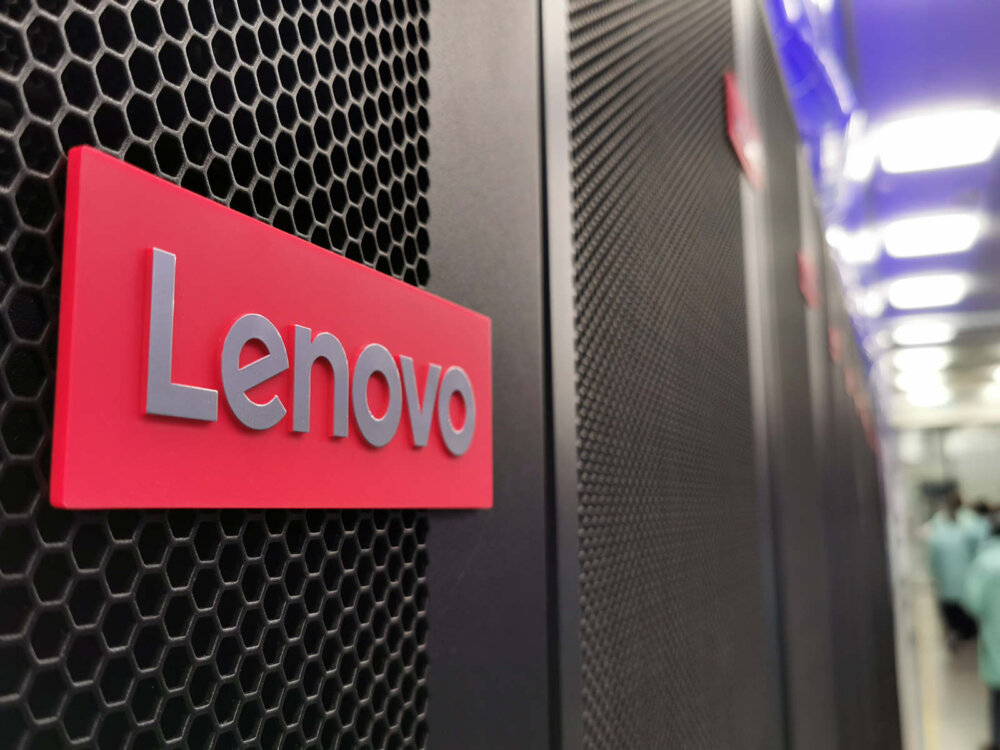
Forget Windows 12, Microsoft’s bringing Copilot AI to Windows 10!
Microsoft has been liberally spraying AI tools everywhere for the past year, but nobody expected it to start infusing them into seven-year-old operating systems. Yet, that’s exactly what Microsoft is doing by adding Copilot AI to Windows 10.
Windows 10 is only two years from retirement – and Microsoft insists that’s still the case. Nevertheless, the company is bringing Windows Copilot to Windows 10 version 22H2, for both the Pro and Home versions of the OS. A preview has been released to the Release Preview Channel for Windows Insiders to experiment with.
The implementation looks very similar to how Copilot is built into Windows 11. The only difference is that the Copilot icon appears on the far right of the Taskbar icons, instead of next to the search bar.
Even the Windows 11 version of Windows Copilot is pretty superficial, with limited interaction with the operating system or apps. You can ask the AI to turn on Dark Mode or set a timer, for example, but we’re yet to see any of the more advanced features initially promised by Microsoft, such as the ability to command the AI to move files between third-party apps.
The rather superficial way in which Windows Copilot has been implemented in Windows 11 led some (including yours truly) to speculate that Microsoft was saving deep integration into the operating system for Windows 12. But for the time being at least, it seems Microsoft is working backwards rather than forwards.
Why add Copilot AI to Windows 10?
The fact that Microsoft is still adding major new features to an operating system that is on death row is indicative of just how poorly Windows 11 has been adopted.
Windows 11 is installed on 26% of Windows desktops, according to the latest figures from StatCounter, while Windows 10 continues to dominate with 69%. Although there has been a slight narrowing of the yawning gap between the two Windows versions recently, it’s scant progress from a year ago, when the figures stood at 15% and 71% respectively.
Most of Windows 11’s growth has come at the expense of very old Windows versions, most notably Windows 7. Relatively few Windows 10 users have been tempted to upgrade.
Microsoft’s decision to effectively reopen Windows 10 development therefore suggests a slight desperation to get as many people as possible using its AI tools.
In a support note announcing the release, Microsoft insists that Windows 10 will still be retired in October 2025 as planned. That said, Microsoft has a long history of backtracking on end-of-support dates, especially when a large proportion of the installed base is still running an operating system.
With Microsoft “revisiting our approach to Windows 10” and “making additional investments to make sure everyone can get the maximum value from their Windows PC”, it seems highly unlikely it’s going to pull down the support plunger in two years’ time.
NEXT UP

Mark Allen, Head of Cybersecurity at CloudCoCo: “It’s alarming to witness the extent to which deepfakes can be weaponised”
Mark Allen, Head of Cybersecurity at CloudCoCo, provides what amounts to a step-by-step guide to keeping your business more secure against cyberattacks – including deepfakes

Inside Lenovo’s Budapest factory: making workstations more sustainable
Lenovo has just switched on 5,072 solar panels to make its Budapest factory more sustainable. We go behind the scenes

Eight lessons from building an AI product
In 2021, long before ChatGPT, Prashant Mahajan built his own generative AI tool for product managers. Here, he shares his playbook for building an AI product that will stand out from the crowd.